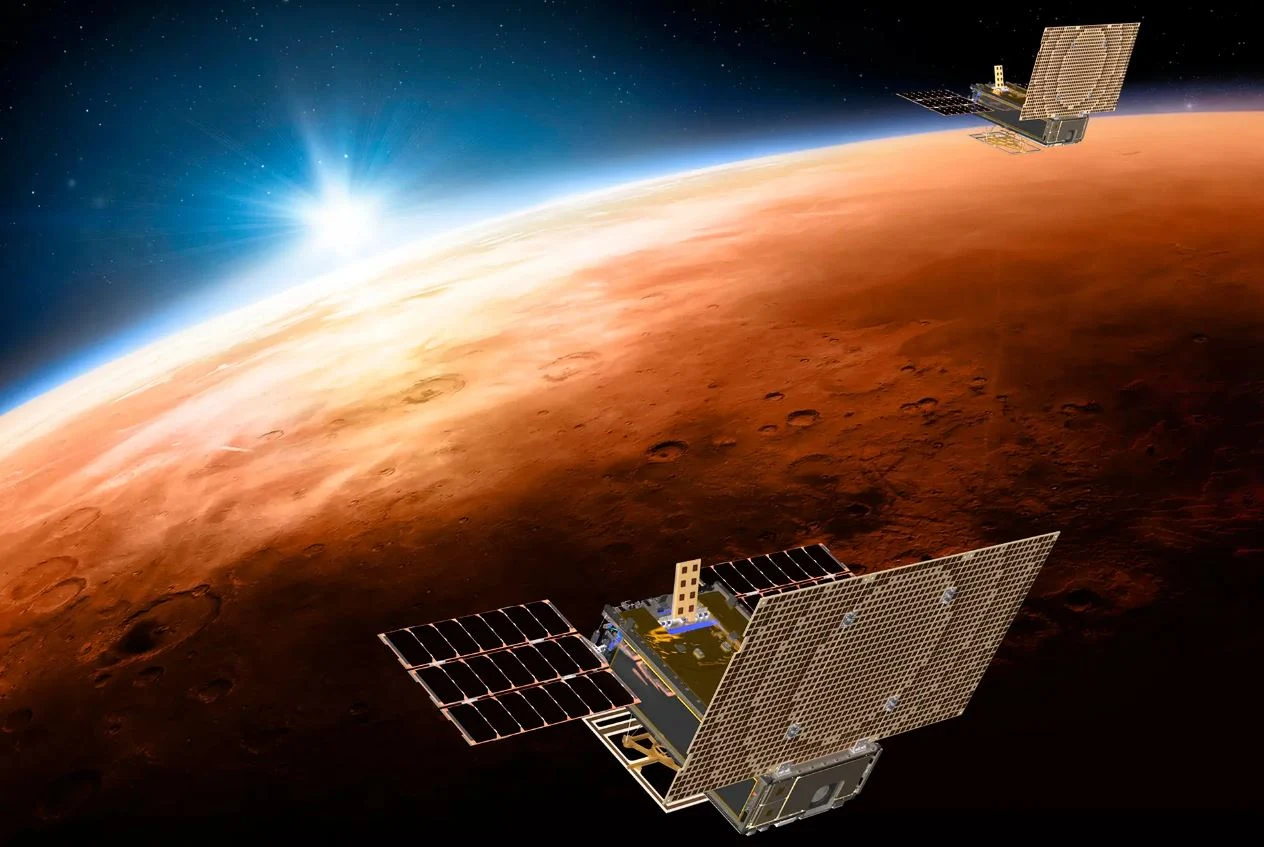The detection of volcanic activity on Mars means that a heat source beneath the Martian surface could provide exactly the right conditions for microbial life. The discovery is reported in the scientific publication Nature Astronomy.
Decades ago, scientists thought there might be life on Mars, but new research supports the idea that ancient aliens could have lived deep below the surface of Mars.
Beneath the northern plains of the Red Planet, scientists have discovered a gigantic 4,000-kilometer reservoir of molten rock that provides the exact conditions in which microbes are known to thrive on Earth.
The discovery of this volcanically heated environment has been the most encouraging news for researchers looking for life in the solar system.
The co-author of the new study, Professor Jeff Andrews-Hannah, said: “Microbes on Earth thrive in these conditions. This may be true on Mars as well.”
Dr. Broke said: “The tremendous volcanic activity at the beginning of the planet’s history led to the formation of the highest volcanoes in the solar system and covered much of the northern hemisphere with volcanic deposits.”
The Elysium Planitia region is close to the Red Planet’s equator. Unlike other volcanic regions on Mars, which have not shown significant activity for billions of years, major eruptions have occurred here over the past 200 million years.
Professor Andrews-Hanna said a team of researchers earlier found evidence of the youngest volcanic eruption known to scientists in the Elysium Planitia region.
“It was a small volcanic ash ejection about 53,000 years ago, which is essentially yesterday in geologic time,” she said.
Dr Broquet said: “We know that there is no plate tectonics on Mars, so we investigated whether the activity we are seeing in the Cerberus Fossae region could be the result of a mantle plume.”
The researchers obtained data from seismic data recorded by the InSight lander that landed on the Red Planet four years ago. It turned out that InSight landed right on top of an active mantle plume.
The discovery reported in Nature Astronomy.
